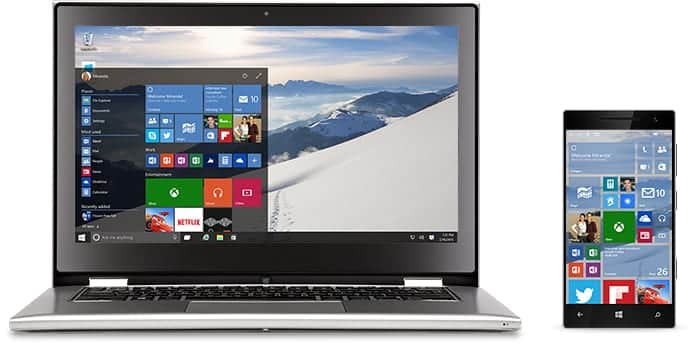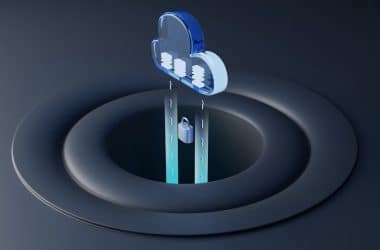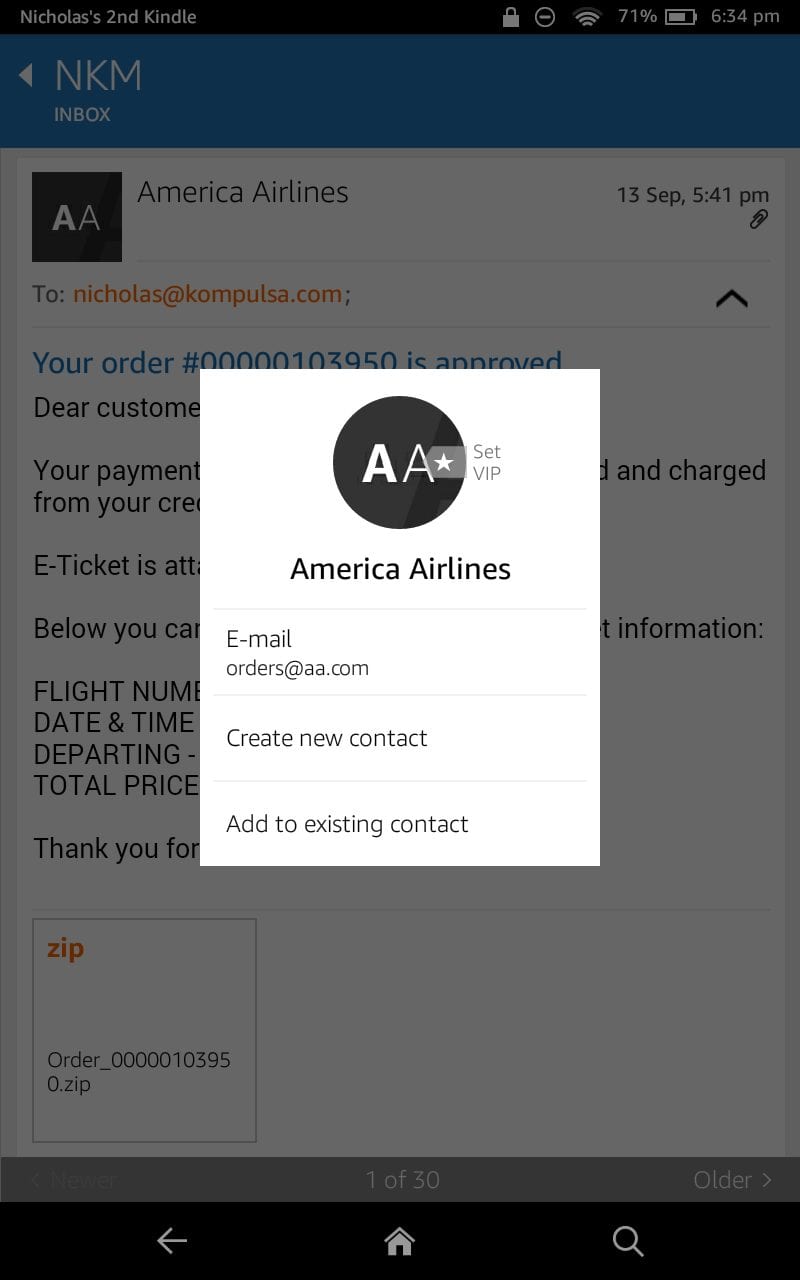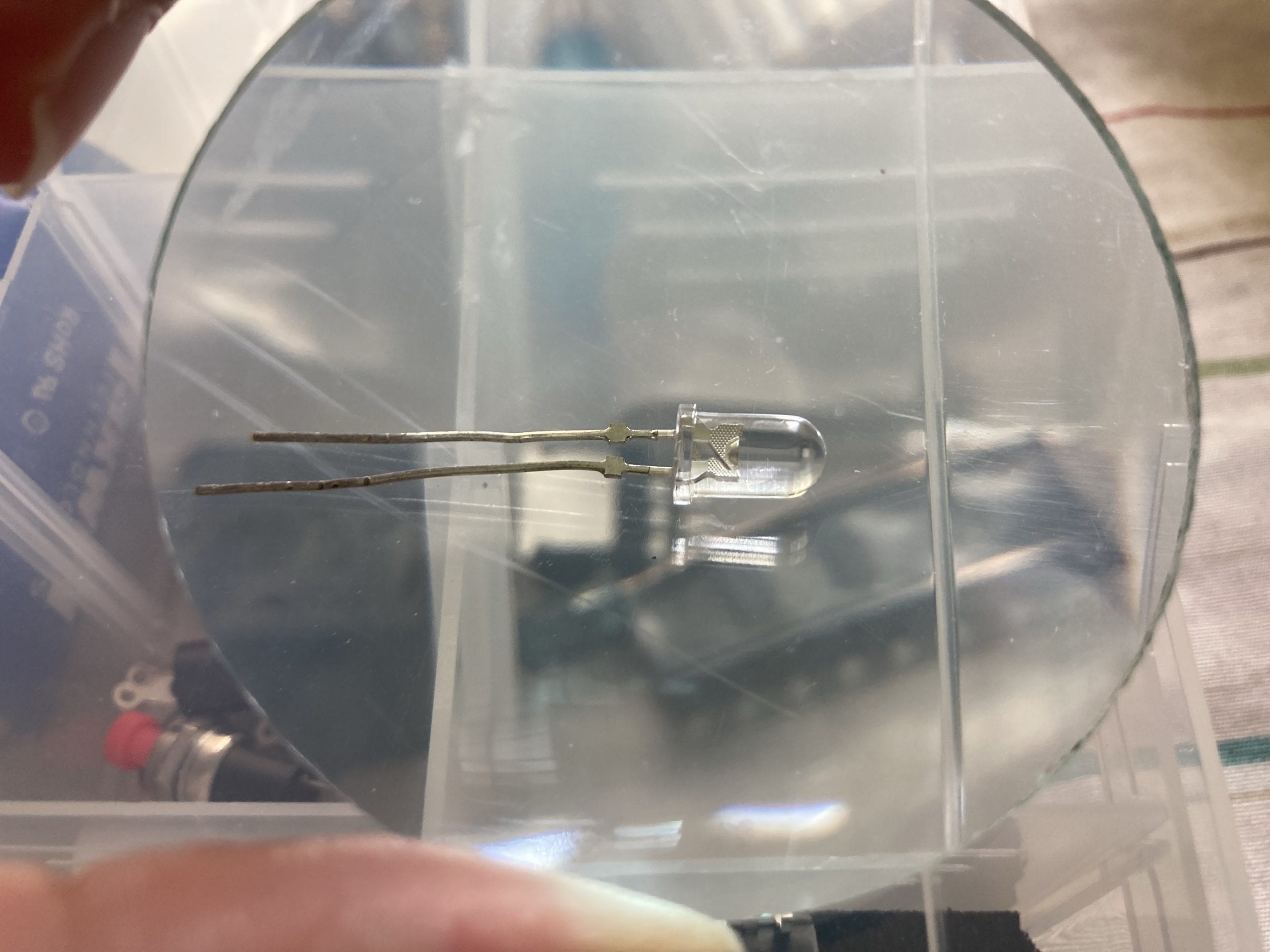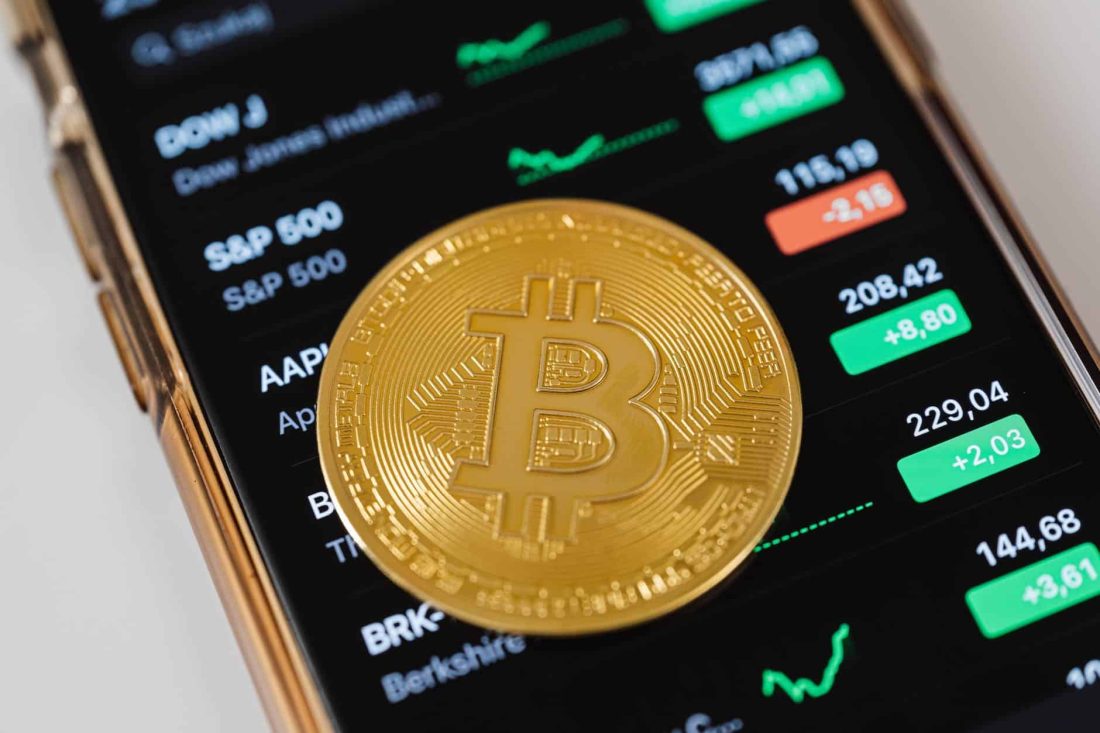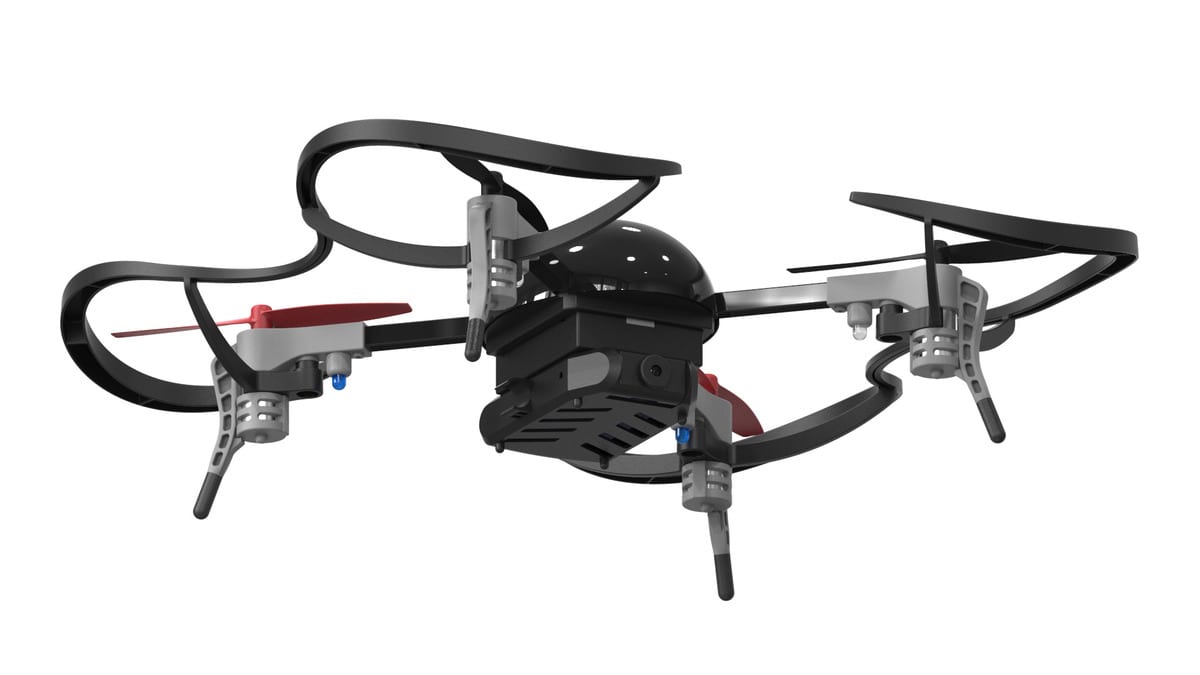Phishers have been sending out phony e-mails claiming to be American Airlines. I recently received one claiming that my order has been approved, even though I didn’t order anything. Phishing techniques have evolved over time. They have gotten so advanced that they were able to put ‘orders@aa.com’ in the ‘From’ field in my e-mail client. Despite being so crafty, they still misspelled ‘American Airlines’ as ‘America Airlines’.
Whenever you get an e-mail asking for account information, or pertaining to an order, note the following (or risk identity theft):
- Check the spelling — Spambots and malware distributors often screw up their spellings in phished e-mails. Ensure that everything is spent correctly. Spelling errors are very unlikely to be found in automated e-mails from legitimate organizations. When in doubt, simply log into your American airlines or other account by typing the companies correct URL (example: aa.com) into your browser’s address bar, and log in from there.
- Legitimate companies don’t ask you to send credit card numbers via reply in e-mails, so never do this.
- You most likely won’t need to download attachments. When in doubt, just go straight to the correct web address (URL) by typing it into your browser’s address bar and you will probably get all the information you need there.
- Visiting the company’s website to confirm what the e-mail said is likely. Necessary notifications will show in in your user dashboard/control panel if you go straight to their website.


